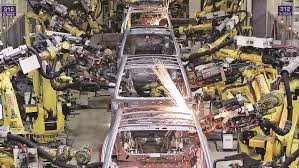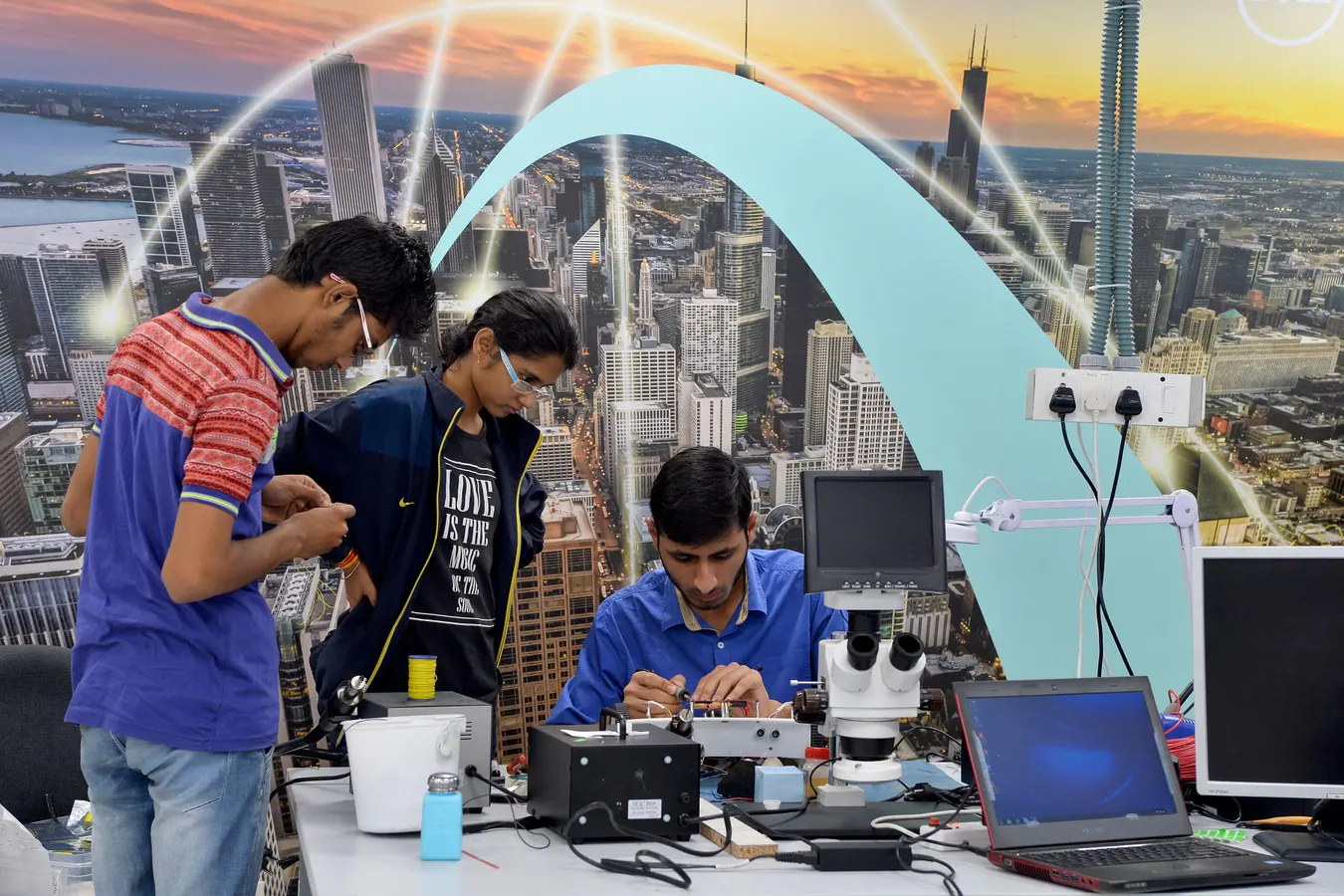India is on the cusp of becoming a global technology powerhouse, leveraging its vast talent pool, booming startup ecosystem, and government-backed innovation to reshape the digital world. With a projected tech sector revenue of $254 billion in 2024, growing 3.8% year-over-year, and ambitious plans for artificial intelligence (AI), spatial computing, and deep tech, India is poised to rival Silicon Valley, per industry reports. This surge, driven by a young workforce, smartphone penetration, and strategic partnerships, signals India’s ascent as a leader in the global tech landscape, promising economic growth and influence on the world stage.
India’s tech journey began decades ago as a hub for IT outsourcing, with companies like Infosys and Tata Consultancy Services (TCS) serving Western markets. By 2025, it has evolved into a hotbed of innovation, boasting 100,000 startups, per government data, and a $10 billion AI market, growing at 40% annually, per market analyses. The country’s 1.4 billion population, with 800 million internet users—70% under 35, per telecom reports—fuels demand for digital solutions, from e-commerce to fintech, positioning India as a leader in the global digital economy.
The government’s “Digital India” initiative, launched in 2015, has accelerated this transformation, investing $50 billion in broadband, 5G, and AI infrastructure by 2025, per official statements. Prime Minister Narendra Modi’s 2024 AI Mission aims to provide startups with computing power to tackle challenges in healthcare, agriculture, and education, per policy documents. India’s 5G rollout, completed in 2023, now covers 90% of urban areas, per telecom data, with plans for 6G by 2030, per government roadmaps, solidifying its telecom dominance.
India’s tech prowess extends to spatial computing, projected to generate $2.1 billion in revenue by 2024, with a 40% compound annual growth rate (CAGR) until 2030, per industry forecasts. Sectors like banking, retail, healthcare, and manufacturing are adopting augmented reality (AR) and virtual reality (VR), driven by a robust tech ecosystem, per market studies. The 2025 launch of ISRO’s Chandrayaan-4 lunar mission, per space agency reports, showcases India’s space tech ambitions, complementing its terrestrial innovations.

Startups like Zoho, Byju’s, and Paytm, valued at over $10 billion each, per financial reports, lead India’s tech surge, attracting $30 billion in venture capital in 2024, per investment data. Bangalore, dubbed “India’s Silicon Valley,” hosts 25% of the country’s tech firms, per industry surveys, while cities like Hyderabad and Chennai emerge as AI and biotech hubs, per economic analyses. India’s 5 million tech graduates annually, per education reports, outpace the U.S. and China, fueling a talent pool that powers global giants like Google, Microsoft, and Amazon, per company statements.
However, challenges remain. Regulatory hurdles, per business reports, and infrastructure gaps in rural areas, per government audits, could slow progress. Cybersecurity risks, with 50,000 data breaches reported in 2024, per industry data, threaten India’s digital rise, requiring robust policies, per expert opinions. Yet, India’s strategic partnerships—with the U.S., Japan, and the EU, per diplomatic reports—and Modi’s 2025 “Make in India” push, targeting $500 billion in tech exports, per trade data, position it to overcome these obstacles.
This tech revolution promises economic growth, with India’s GDP projected to hit $5 trillion by 2030, per economic forecasts, driven by tech’s 12% contribution, per government estimates. It also enhances India’s geopolitical clout, countering China’s tech dominance, per strategic analyses, and fostering global collaboration, per international reports. As India’s tech sector soars, it’s not just transforming its economy—it’s reshaping the future of technology worldwide.
